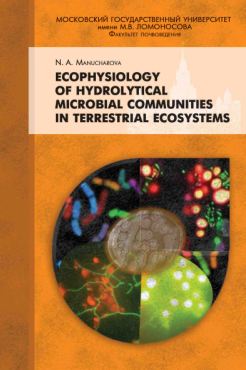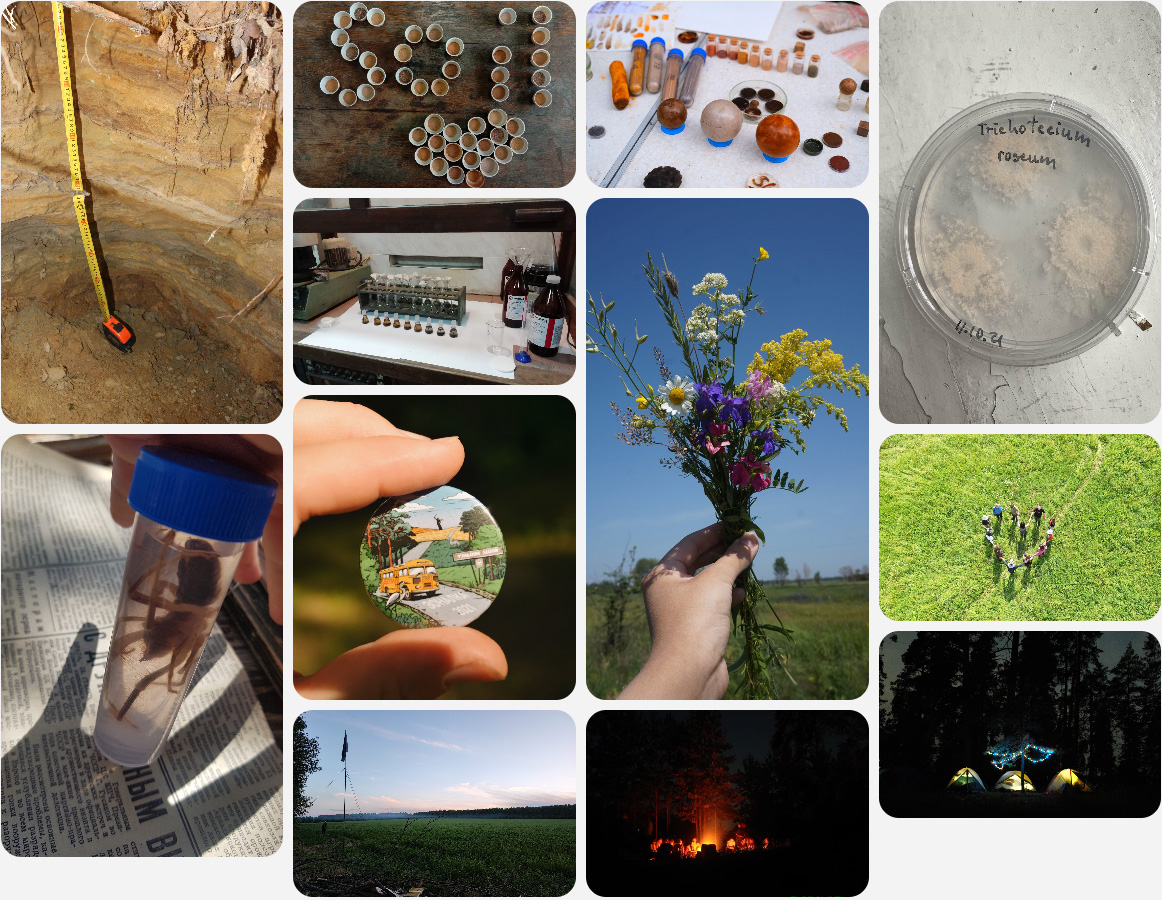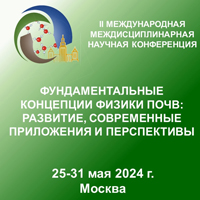Manucharova N.A.  ECOPHYSIOLOGY OF HYDROLYTICAL MICROBIAL COMMUNITIES IN TERRESTRIAL ECOSYSTEMS : Study guide. – М. Publishing company “University book”, 2014. – p.71
ECOPHYSIOLOGY OF HYDROLYTICAL MICROBIAL COMMUNITIES IN TERRESTRIAL ECOSYSTEMS : Study guide. – М. Publishing company “University book”, 2014. – p.71
Application of molecular biological techniques (FISH) in environmental studies provides a more complete information concerning the taxonomic diversity and potential hydrolytic activity of microbial complexes of terrestrial ecosystems that exist in a wide range of environmental factors (moisture, temperature, redox potential, organic matter). The combination of two molecular biological techniques (FISH and DGGE-analysis of fragments of gene 16S rRNA total amplificate) enables an informative assessment of the differences in the structure of dominant and minor components of hydrolytic complexes formed in different tiers of terrestrial ecosystems. The functional activity of hydrolytic microbial complexes of terrestrial ecosystems is determined by the activity of dominant and minor components, which also have a high gross enzymatic activity. Degradation of biopolymers in the phylloplane is mainly due to the representatives of the Proteobacteria phylogenetic group (classes alpha and beta). In mineral soil horizons, the role of hydrolytic representatives of Firmicutes and Actinobacteria increases. Among the key environmental parameters that determine the functional activity of the hydrolytic (chitinolytic) complex of soil layer (moisture, nutrient supply, successional time), the most significant one is moisture. Moisture levels providing maximum activity of a hydrolytic microbial complex depend on the soil type. Development of a hydrolytic microbial complex occurs in a very wide moisture range - from values close to field capacity to those close to the wilting moisture point. The functional role of mycelial actinobacteria in the metabolism of chitin consists, on the one hand, in active decomposition of this biopolymer, and on the other hand, in the regulation of microbial hydrolytic complex activity through the production of biologically active regulatory metabolites, which occurs in a wide range of environmental parameters (moisture, temperature, organic matter, successional time). Experimental design is applicable to identify in situ optimal values of environmental factors that considerably affect the functional parameters of hydrolytic microbial complexes.
Recommended Training Council in soil science at EMA classical universities of Russia as a textbook for students of higher educational institutions, students in the direction of "soil science" – 0219000.



















